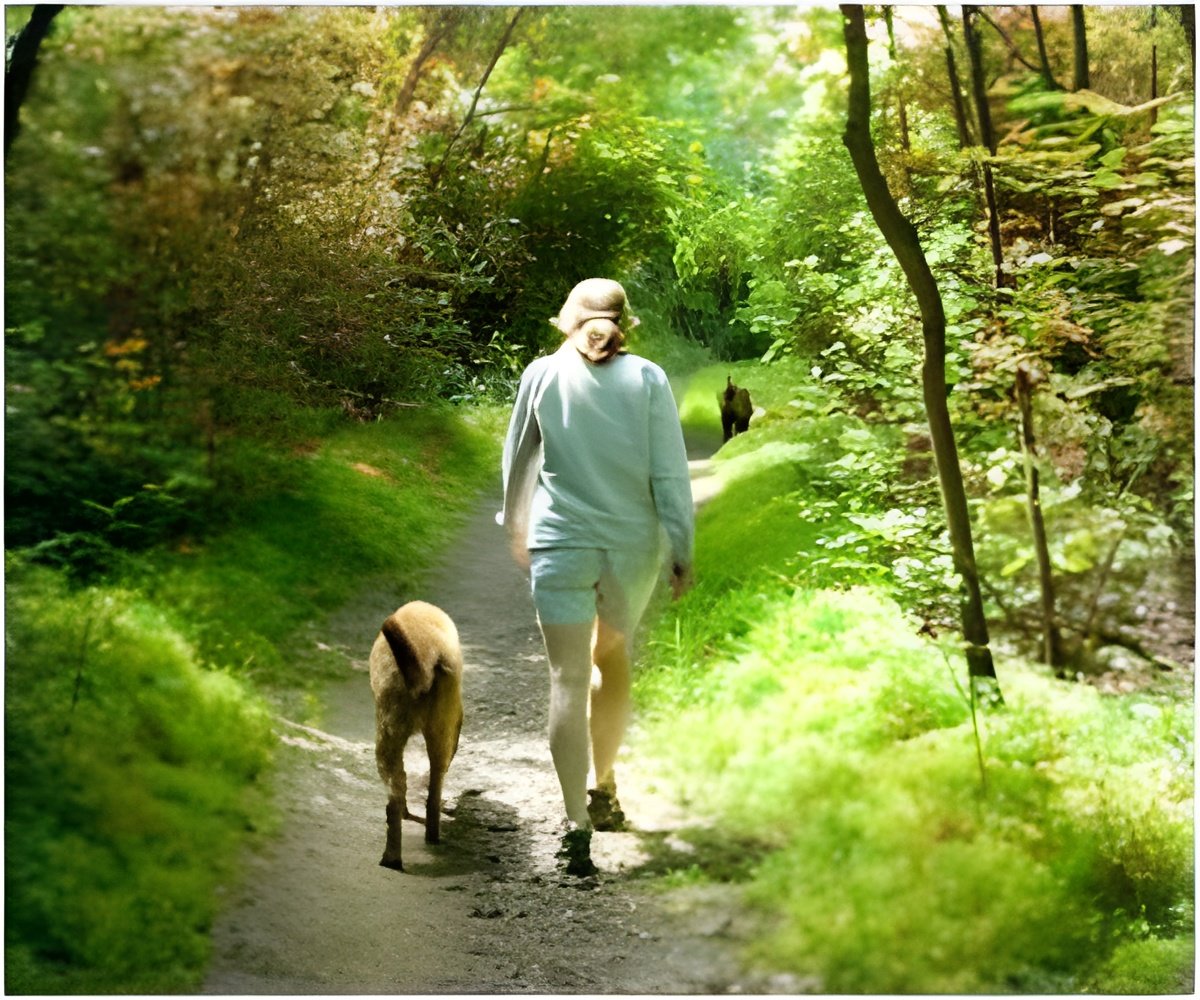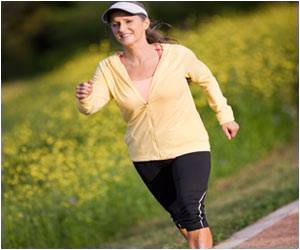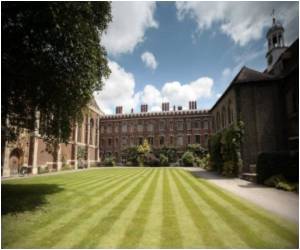
The study is the first of its kind not conducted on treadmill, and it supports the notion that the human body has an innate sense of how to vary speed to optimize energy when we're on the move in our natural environment, the Journal of the Royal Society Interface reports.
"We don't live our lives on a treadmill," said Manoj Srinivasan, study co-author and assistant professor of mechanical engineering at Ohio State University.
"To better understand how we move in our everyday life, and how our spontaneous movements relate to energy expenditure, we have to study what people do away from the treadmill," according to an Ohio statement.
"Once we have a good enough understanding of how we naturally move to conserve energy, we can build a solid theory and apply it in practical ways - designing better shoes, or better prosthetics that let people walk using less energy," added Srinivasan.
In tests, 36 college students were asked to travel a distance a little longer than a football field, either on pavement outdoors or inside a school hallway.
Advertisement
The students were free to set their own pace to achieve that goal, and were not told whether to walk or run.
Advertisement
At the other extreme, they were allotted only 30 seconds, so that they had to run the entire way at a brisk pace of nine miles per hour (about four metres per second) to get there on time.
The study revealed the existence of a "transition region" between 4.5-6.7 miles per hour (about 2-3 metres per second) when the students tended to make the trip through a mix of walking and running.
"Students seemed to naturally break into a run or slow down to a walk to save energy while ensuring that they arrived at their destination on time," Srinivasan observed.
Source-IANS














